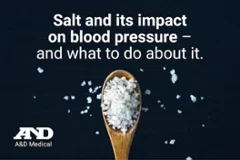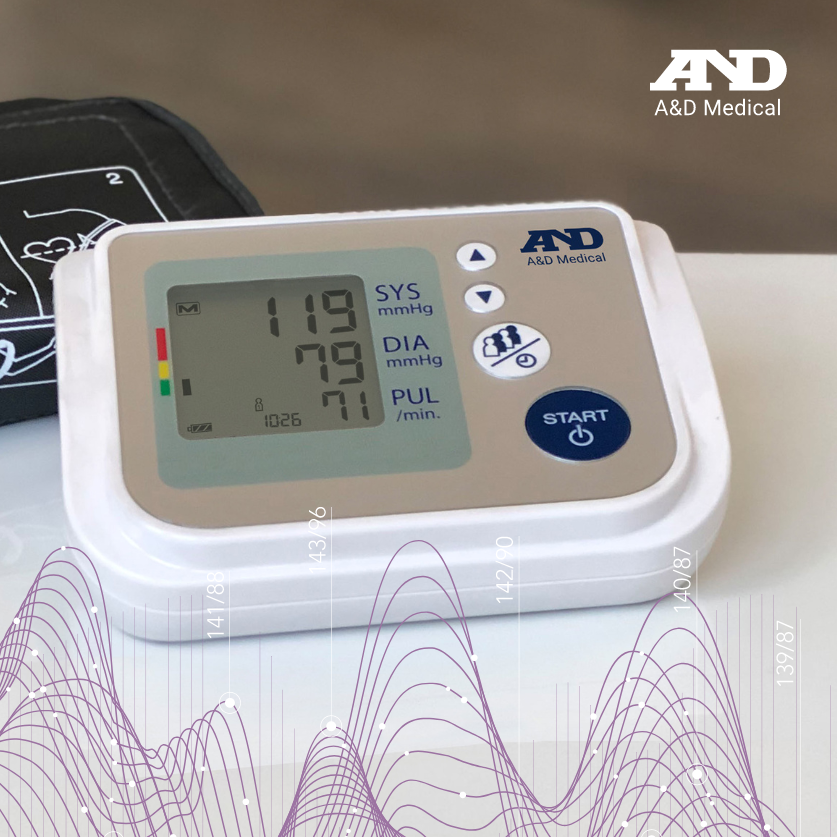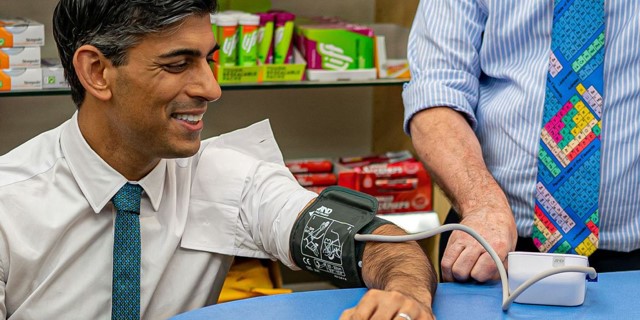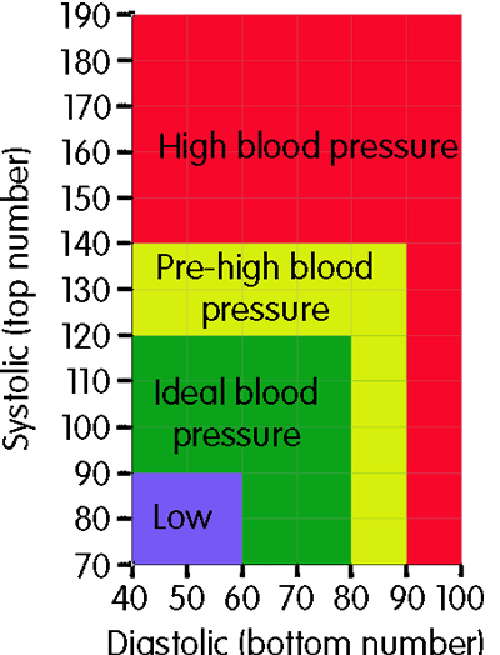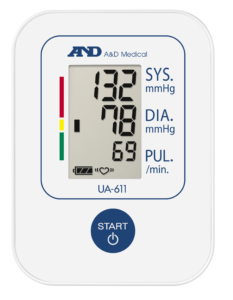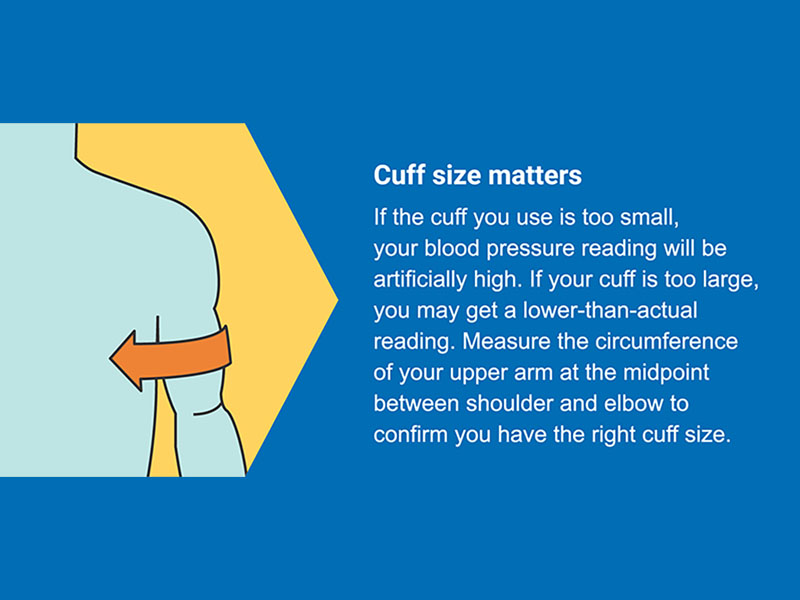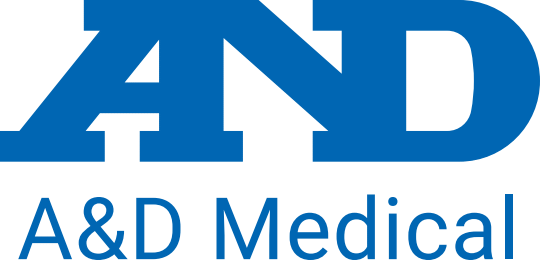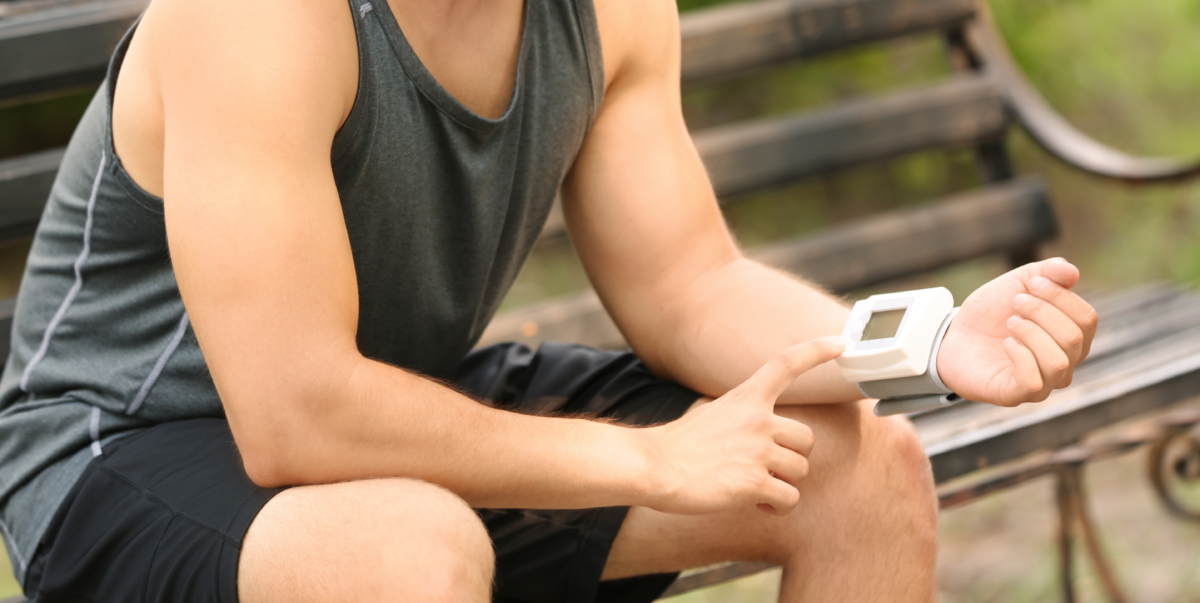The Impact of Dry January on Blood Pressure: A Healthier Start to the New Year
As the new year unfolds, many individuals embrace the opportunity for personal growth and positive change. “Dry January,” is a month-long commitment to abstain from alcohol. Beyond being a popular resolution, Dry January can have a profound impact on various aspects of health, with one notable area being blood pressure regulation. Let’s break down how skipping the drinks for a month can may lead to a healthier cardiovascular system.
Alcohol and Blood Pressure: Unravelling the Connection
The relationship between alcohol and blood pressure is complex and influenced by several factors, such as how often and how much alcohol you are consuming on a weekly basis. While some studies suggest that moderate alcohol intake may confer certain cardiovascular benefits, excessive and chronic alcohol consumption is unequivocally linked to hypertension, or high blood pressure.
Alcohol can affect blood pressure through multiple physiological mechanisms. One of the primary contributors is the activation of the sympathetic nervous system. Excessive alcohol consumption stimulates this system, leading to increased heart rate and constriction of blood vessels, both of which can contribute to elevated blood pressure levels.
Moreover, alcohol can disrupt this system’s delicate balance, potentially resulting in increased sodium retention and elevated blood pressure.
Dry January and Blood Pressure
Dry January entails refraining from alcohol for an entire month, and this deliberate break from drinking can bring about several positive changes for the cardiovascular system, including blood pressure regulation.
- Blood Pressure Reduction: Studies have shown that even a short-term hiatus from alcohol can lead to a noticeable decrease in blood pressure. This reduction is particularly significant for individuals with pre-existing hypertension or those at risk of developing it.
- Improved Sleep Quality: Alcohol’s impact on sleep is a well-known factor in blood pressure regulation. While it may initially induce drowsiness, alcohol disrupts the normal sleep cycle, potentially contributing to elevated blood pressure levels. A dry month allows for better sleep patterns, promoting overall cardiovascular health.
- Weight Management: Alcohol is calorie-dense, and regular consumption can contribute to weight gain. By abstaining from alcohol during Dry January, individuals may experience weight loss or better weight management, positively influencing blood pressure.
- Enhanced Hydration: Alcohol is a diuretic, meaning it increases urine production, potentially leading to dehydration. Adequate hydration is crucial for maintaining optimal blood volume and, consequently, blood pressure. A month without alcohol provides an opportunity for improved hydration status.
- Lifestyle Reflection and Change: Participating in Dry January often involves a broader commitment to a healthier lifestyle. Individuals may engage in more physical activity, adopt a balanced diet, and manage stress more effectively—all factors that contribute to improved cardiovascular health and blood pressure regulation.
The relationship between alcohol and blood pressure is complex and influenced by several factors, such as how often and how much alcohol you are consuming on a weekly basis. While some studies suggest that moderate alcohol intake may have certain cardiovascular benefits, excessive and chronic alcohol consumption is unequivocally linked to hypertension, or high blood pressure.


